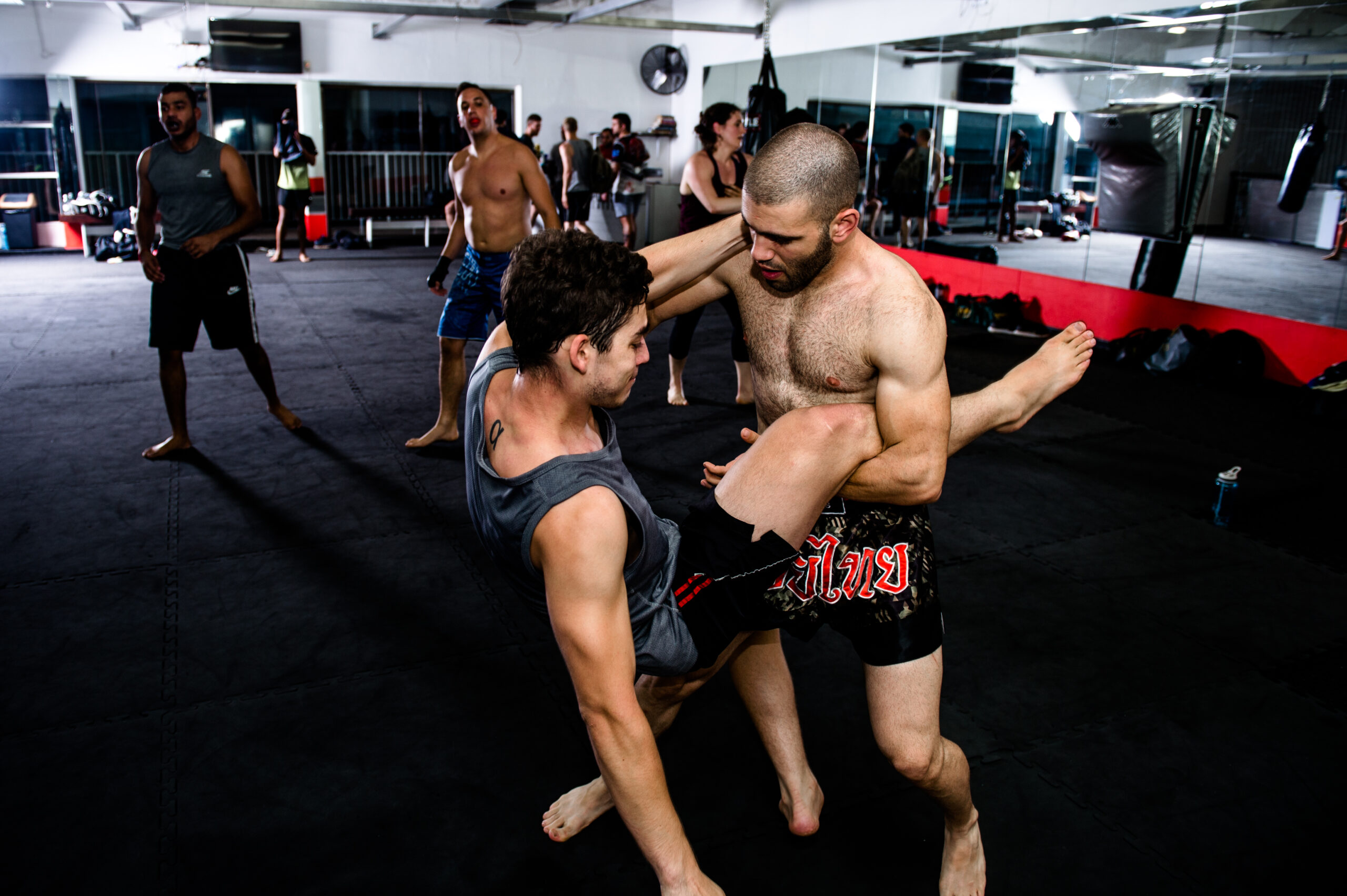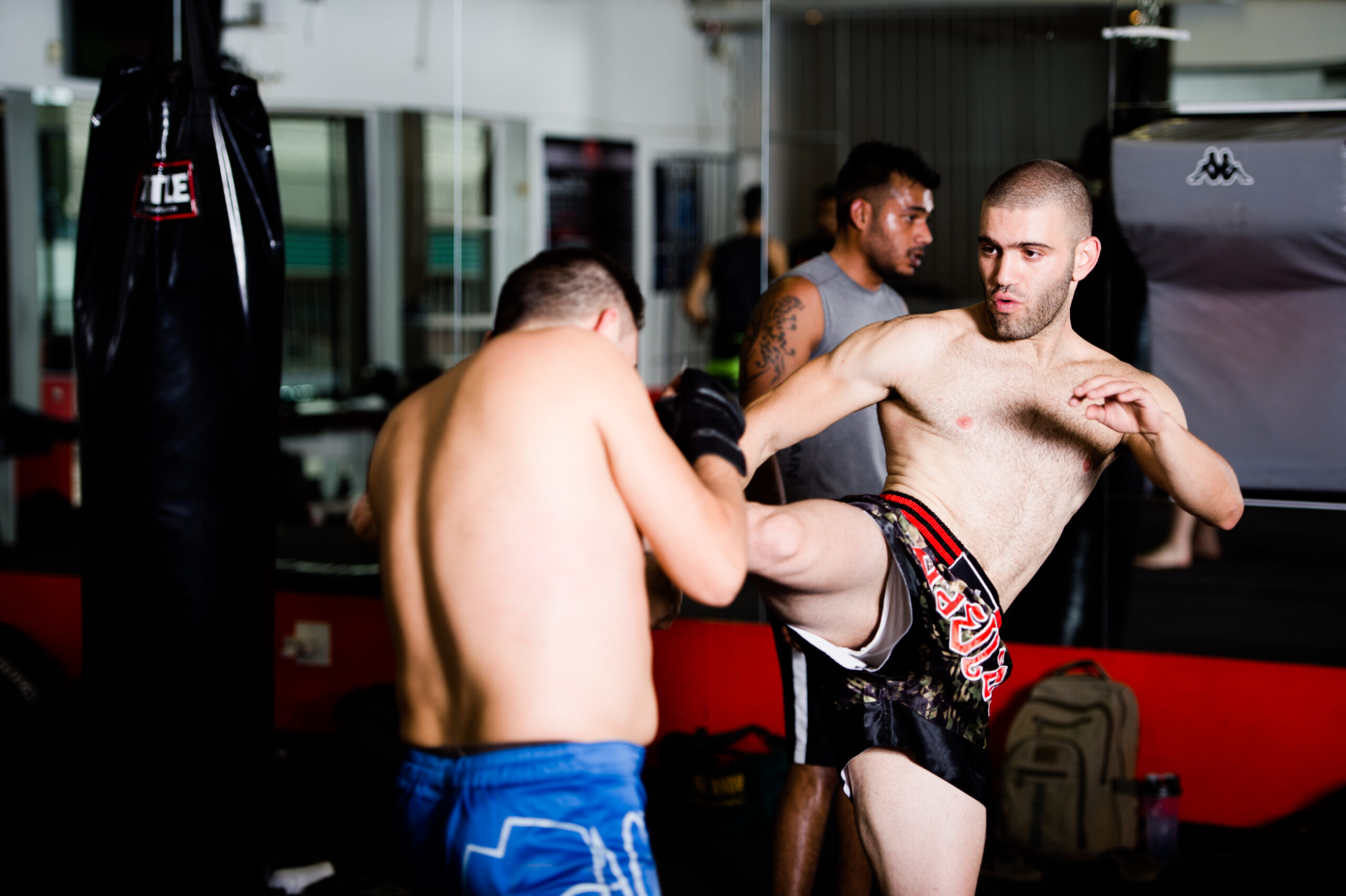No products in the cart.
Muay Thai: The Art of Eight Limbs – Unveiling the Origin and Rich History
Introduction:
Muay Thai, often referred to as “The Art of Eight Limbs,” is a dynamic and powerful martial art that has captivated enthusiasts worldwide. With its roots deeply embedded in Thai culture, this combat sport has a rich history that spans centuries. In this article, we’ll take a journey into the origins of Muay Thai and explore the historical evolution that has shaped it into the formidable discipline we know today.


Origins of Muay Thai
Muay Thai’s roots can be traced back to ancient Thailand, where it emerged as a vital component of military training. The sport’s early origins can be dated to the 16th century during the Ayutthaya Kingdom, a time when Thai soldiers utilized hand-to-hand combat techniques, including strikes, kicks, elbows, and knee strikes, to defend the kingdom from invading forces.
The Rise of Muay Boran:
During the Ayutthaya period, Muay Thai was known as Muay Boran, meaning “ancient boxing.” It was a comprehensive martial art system that incorporated both armed and unarmed combat techniques. Muay Boran practitioners honed their skills for self-defense, battlefield combat, and entertainment.
Royal Influence:
Muay Boran’s popularity continued to grow, and it soon became intertwined with Thai culture and traditions. The sport gained favor among the Thai royal court, with King Naresuan being a notable patron and practitioner. The royal influence elevated Muay Thai’s status, leading to its inclusion in cultural events and ceremonies.
The Evolution into Modern Muay Thai:
The transition from Muay Boran to modern Muay Thai occurred during the 20th century. As Thailand underwent modernization, efforts were made to refine and codify the sport. Rules and regulations were established, and the artform was adapted to fit the evolving cultural landscape. This transformation marked the birth of modern Muay Thai as we recognize it today.
“Every strike in Muay Thai tells a story of perseverance and determination, creating a work of art that depicts human resilience.”― Abhysheq Shukla
International Recognition:
Muay Thai’s global recognition surged as the sport spread beyond Thailand’s borders. It gained popularity in neighboring Southeast Asian countries and eventually reached the international stage. Today, Muay Thai is practiced by enthusiasts worldwide and has become a prominent feature in mixed martial arts (MMA) competitions.
Key Elements of Muay Thai:
The Art of Eight Limbs: Muay Thai is renowned for its use of eight striking points – fists, elbows, knees, and shins. This unique approach sets it apart from other striking martial arts.
Wai Kru Rituals: Before a fight, Muay Thai practitioners perform the Wai Kru, a traditional pre-fight dance that pays homage to their teachers, ancestors, and the spirits. It is a ritual that showcases respect for the art and the opponent.
Respect and Sportsmanship: Muay Thai places a strong emphasis on respect and sportsmanship. Fighters often show gratitude and humility, regardless of the outcome, fostering a sense of honor and camaraderie.

Conclusion
Muay Thai’s journey from ancient battlefield tactics to a globally celebrated martial art is a testament to its enduring appeal. Rooted in tradition and steeped in history, Muay Thai has transcended cultural boundaries to become a sport that embodies discipline, respect, and the indomitable spirit of the Thai people. As we witness its continued growth and influence, it’s clear that Muay Thai’s legacy will endure for generations to come.








Leave a Reply